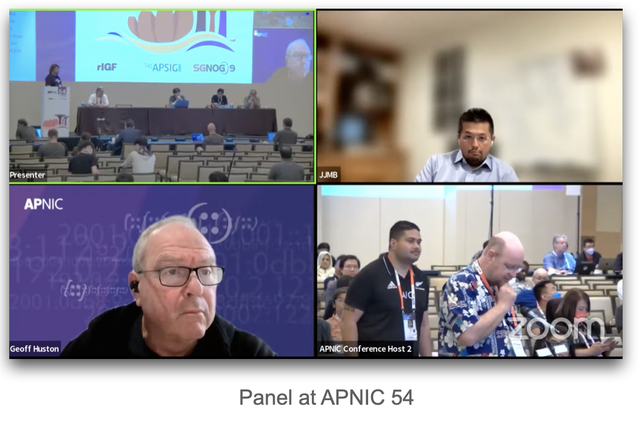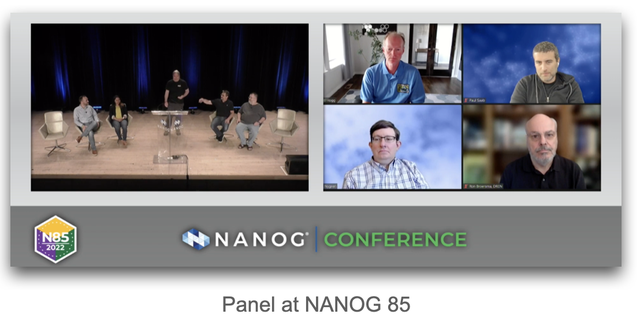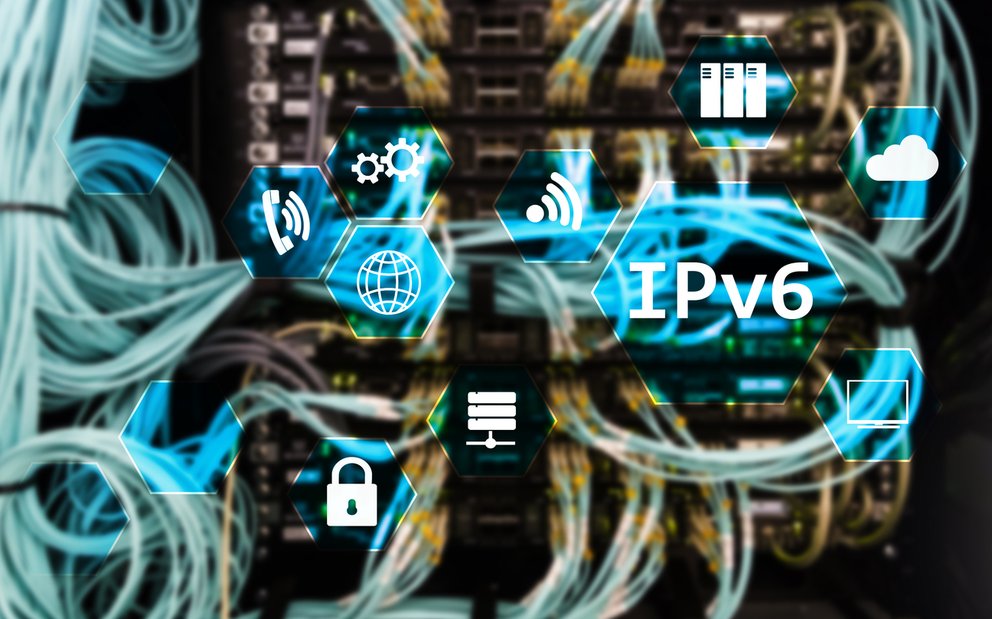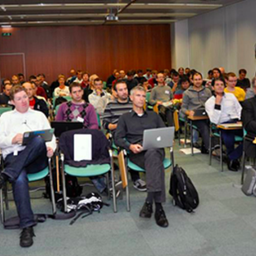At RIPE 85 we'll hold the final instalment in a series of panel discussions that have brought together the people who made the IPv6 World Events happen a decade ago. Read on to find out what the next big push for global IPv6 adoption might look like.
It won't be news to RIPE Labs readers that this year marks the 10th anniversary of World IPv6 Launch, one of two world IPv6 events that represented a huge, collaborative effort to show that every network, website and device on the Internet can and should be IPv6-enabled.
Among the many celebrations and conversations around the anniversary, I would like to draw attention to three in particular. The first took place in June at NANOG 85 in Montreal, the second happened this September at APNIC 54 in Singapore, and last but not least, the third is scheduled to take place on the second day of RIPE 85 in Belgrade on 25 October 2022.
As a series of panel discussions, these events have brought together those who were busy championing IPv6 ten years ago so they can share reflections on what happened back then, discuss how things have developed since, and look at what needs to happen next.
Ten years ago
IPv4 is over, it's time for IPv6, the era has begun. -- Vint Cerf reflecting on World IPv6 Launch

World IPv6 Day on 8 June 2011 was a test. A very real, publicly visible test of whether turning on IPv6 for 24 hours would cause major content providers to lose connection with their audiences. As a number of big providers - such as Google, Facebook, Yahoo! - stepped up to take part, many others followed suit -- many of them competitors, but all working together in the run up to the event to make sure that, collectively, they would achieve success. When they did, their success was a clear demonstration that IPv6 was ready for launch.
One year later, on 6 June 2012, World IPv6 Launch took place, which ushered in an era of unprecedented growth for production caliber IPv6 deployment. A swell of implementation followed. Engineers who were committed to the initiative convinced their companies of the need to enable IPv6, and then worked hard to overcome the new technical challenges that came with doing so. All were in agreement: on by default, and leave it on - and in some cases, don't even give consumers the option to turn it off.
The energy that went into these events truly laid the foundation for the growth of IPv6 deployment over the next several years. It also drove other technical innovations. A great example of this is Happy Eyeballs. As Stuart Cheshire from Apple noted in conversation in advance of NANOG 85, Happy Eyeballs was by far one of the most important, operationally relevant bodies of work that was born from World IPv6. Applicable to both DNS and HTTP, invented by Apple, its primary goal was to protect the quality of the user experience. To this day, while broken IPv6 deployments have a much lower occurrence, Happy Eyeballs continues to protect customer experiences around the world.
Ten years on
Don't be afraid to break some glass, just turn it on, because all the other excuses and arguments are just a waste of time at this point -- Ron Broersma speaking at NANOG 85
There are many IPv6 success stories out there today. The amount of devices and services that are IPv6 enabled is growing every year. And yet - after such an energetic and enthusiastic start - many of us who work to champion IPv6 often find ourselves asking how it is that, ten years on, global IPv6 adoption is sitting somewhere close to the 40% mark.

As we've learnt over the years, there are many reasons. One of the more general issues was nicely described by Leslie Daigle - herself one of the key orchestrators of the World IPv6 events - in a short address she gave during the panel session at APNIC 54.
As Leslie put it, the inevitable scarcity of IPv4 was a well-known fact well before the World IPv6 events took place, and so as a result, by 2012, plenty of 'coping mechanisms' had already been (and still are being) developed that would enable people to effectively stave off the coming shortage. For example, Carrier-grade NAT (CGN) was already becoming a known thing at the time of the World IPv6 events.
If you take the availability of those coping mechanisms in combination with the fact that small networks often lack any business case to motivate adoption, then you're already on your way to a pretty good picture of why things have moved slowly.

But this isn't a good position to be in, and even though eventual global adoption of IPv6 is an inevitability, there is every reason to keep pushing past the sticking points and keep encouraging those networks who don't feel the need to make the transition themselves that they need to act now. Otherwise, to quote Erik Nygren speaking at NANOG 85, "we face real risk of a fragmented Internet split between large IPv6-centric networks and small IPv4-only networks."
Where next? RIPE 85!
Promoting IPv6 and educating people on implementation remains a big part of the work many of us do. This is why it has been important to us to come together and organise these sessions through the year.
The final panel in the series will take place at RIPE 85. To begin, we’ll hear from more organisers and participants from the world IPv6 events who’ll share their reflections on what happened back then and over the past decade. The latter portion of the panel discussion will be dedicated to the question: what comes next?
The World IPv6 events were important because they presented us with a shared challenge. No one network or provider could have met that challenge alone -- collaboration and coordination were absolutely necessary. The diverse teams who took part looked beyond the specifications and took action to find out, in practice, what could and couldn't be done. The outcome wasn't clear in advance, and as more than one of our panelists has said, everyone basically joined hands and took a leap.
So what's the next test? At the opening keynote at NANOG 85, Vint Cerf ended his keynote by suggesting that it's time to turn on IPv6, by default - on a permanent basis. So here's the 'crazy idea' we put forward at the end of our last panel session at APNIC 54 - what if we held another World IPv6 day event where anyone who took part would have from now till then to prepare and see if they could make everything they offer to their customers available via IPv6 by default? Do we need to run that experiment? Are we ready?
We think that, if done properly, our community will once again illustrate how the power of collaboration can fuel the next and hopefully last major push for IPv6 deployment. Join us at RIPE 85 on Tuesday 25 October, online or in person, and tell us what you think!





Comments 1
The comments section is closed for articles published more than a year ago. If you'd like to inform us of any issues, please contact us.
annejohn •
Inventors of Happy Eyeballs cited here https://www.rfc-editor.org/rfc/rfc6555 D Wing, A. Yourtchenko from Cisco. Obsoleted by RFC 8305, Apple.